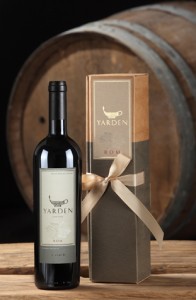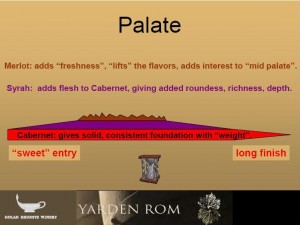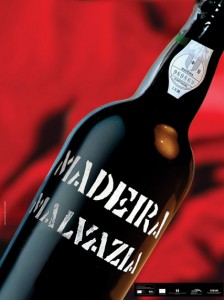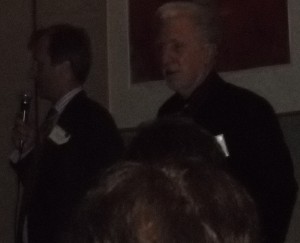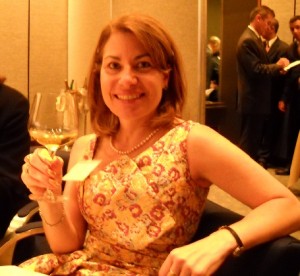As an educator, it is important to recognize your strengths and weaknesses. While strong on wine knowledge, my blind tasting skills are my weakest area. Therefore, I enrolled in the American Wine Society (AWS)’s Wine Judging Training Program (WJTP) as a way to discipline myself to keep my skills sharp. Presently, this three- year program is only offered in conjunction with the society’s annual conference, held in various locales. I began the program in November 2009, with the conference held at the Grand Sandestin Resort in Destin, Florida.
In advance of the conference, program participants are provided with a required reading list, syllabus and learning objectives and are instructed to arrive prepared for an exam – written and practical. As to be expected, all instructors in the program are graduates of it themselves.
We spent the morning reviewing important aspects of a wine’s appearance, paying attention to clarity, color and depth, led by Ken Brewer. Ken also spent considerable time discussing wine judging in general and the characteristics of being a good wine judge. Above all is the need to be objective in your evaluation, regardless of whether you absolutely adore a wine or positively hate it.
Next, Richard Ulsh, a chemistry professor at the University of Pittsburgh, spent considerable time explaining the nuts and bolts of our sense of smell. Given that evaluation of a wine is heavily focused on its nose for both aromas and flavors, understanding this process was especially helpful. Rich then shifted from how to what by explaining all of the various faults one might find in a given wine and the reason for their presence. Participants also had an opportunity to smell through a line up of wine glasses, each of which contained one of the aroma faults we had just reviewed.
For the last presentation of the morning, Betty Nettles led us through an insightful set of tasting exercises where we experienced various components both separate and then in tandem to see how they interacted with one another. More specifically, we tasted through multiple component flights — ethanol on its own in varying proportions; synergy of alcohol and sugar; synergy of alcohol and acidity; synergy of sugar and acidity; and the eynergy of sugar and tannin. The final flight illustrated how alcohol, acid, sugar and tannin can come together to create a balanced wine.
At the conclusion of the day, we were presented with five samples wines for which we were to write an evaluative note and assign a score based on the AWS 20-point scoring system. Our last assignment was to identify which, if any, faults or imbalances were present in 10 samples. After which, we were done with Year 1. The results were posted the next day (5 Passes, 1 Conditional and 6 Fails — this is not an easy program) and I was pleased to find that I had passed, ensuring my promotion to the second year.
I am now preparing for Year 2 of the program, which will be offered in Cincinnati this November. I will also present two sessions at the conference — one on Italian sparkling wines and another on South African wines.


